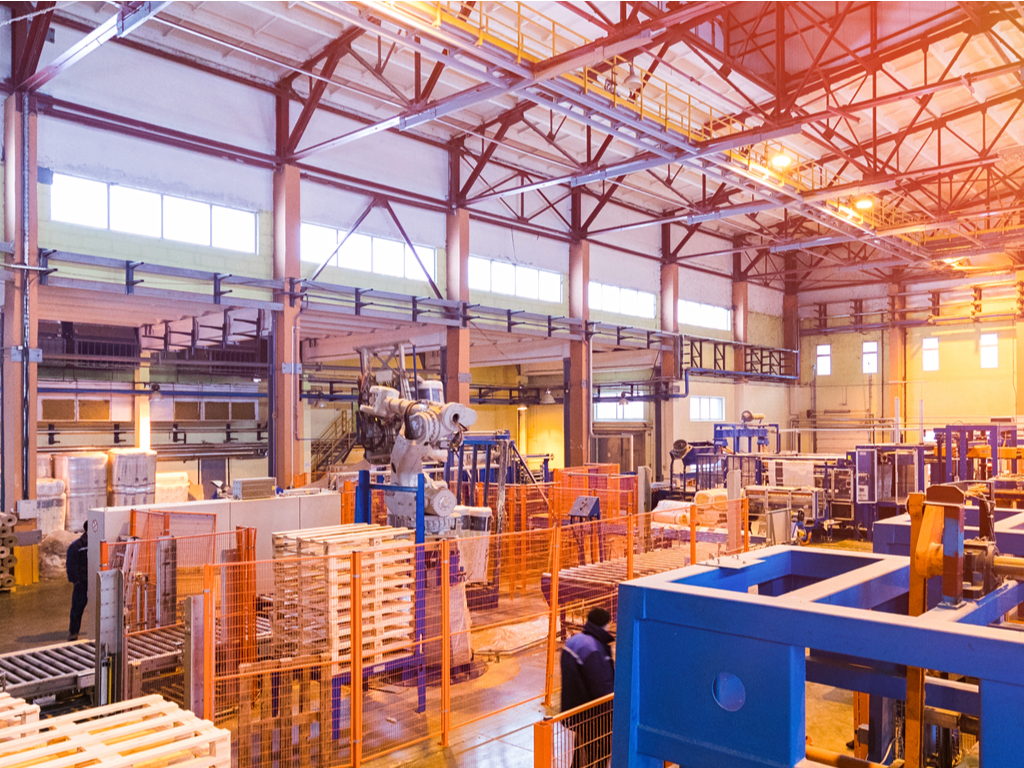Small Footprint Operations
What does manufacturing footprint mean?
Manufacturing footprint refers to the placement or positioning of production and manufacturing operations in terms of geographical location and value chain. Manufacturing footprint is also the ability to distribute production and manufacturing into small footprint operations to bring finished products nearer to as many countries as possible while still being near suppliers and distributors of raw materials.
Having small footprint operations nearer potential buyers is a company’s way to optimise their manufacturing footprint. A large and centralised manufacturing footprint usually involves concentrating all production in one factory or plant in a single location. Thus, finished products are shipped to potential buyers/distributors in other loctions, usually at considerable cost. Optimising a manufacturing footprint into smaller footprint operations brings production, finished products, and distribution closer to potential clients. Supply chain cost and production complexity are significantly reduced.
Things to consider when designing small footprint operations
Labour costs and productivity – The same productivity level in a US or AU factory with higher labour costing can be met by a factory in, say, India or Southeast Asia with lower labour costing.
Logistics costs and performance – Despite globalisation and global trading, sea container bulk shipping remains complicated. Often, shipping prices now include fees for transits, conflict risks, piracy, and even by weight. With small footprint operations, shipping transits are shorter, or simpler land/rail transportation is utilised.
Production volume – Low-cost manufacturing in low cost/low labour countries means that production volumes can be increased to meet higher demands. Prices can also be lowered for consumers because the smaller footprint operation is closer to suppliers of raw materials while enjoying lower production and lower labour costs.
Product lifecycle – When products reach their lifecycle or become obsolete, there is a high cost to shipping them back to a single centralised factory for recycling or reworking. Shipment/transports costs are significantly lower when the factory is in a closer location. Recycling of parts or materials also means lower costs for raw materials.
How can your manufacturing footprint provide a means of competitive advantage?
When a company optimises manufacturing footprint into small footprint operations, the company gains a considerable competitive advantage because of:
- Closer customer demand location. This translates to lower product prices for customers.
- Higher volume of manufacturing for decentralised regional factories resulting in faster deliveries to retail outlets or distributors.
- Flexibility and effectiveness of manufacturing that can quickly change due to demand, lifecycle, or economic uncertainty.
- Other product lifecycle related uncertainties involving volume, length, etc., can be approached more flexibly
ONJ Services
So, where does ONJ Services fit into small footprint operations? Everywhere, of course. If your manufacturing operations involve food, beverage, pharmaceutical facilities and machinery, any sudden breakdowns or even minor maintenance will mean lost time and productivity. You need a fast response for any repairs, maintenance, installation, and even parts replacement. But don’t take our word for it. Call us up at 1300 000 ONJ or visit our site at www.onjservices.com.au. We’re ready to listen to what you need.


